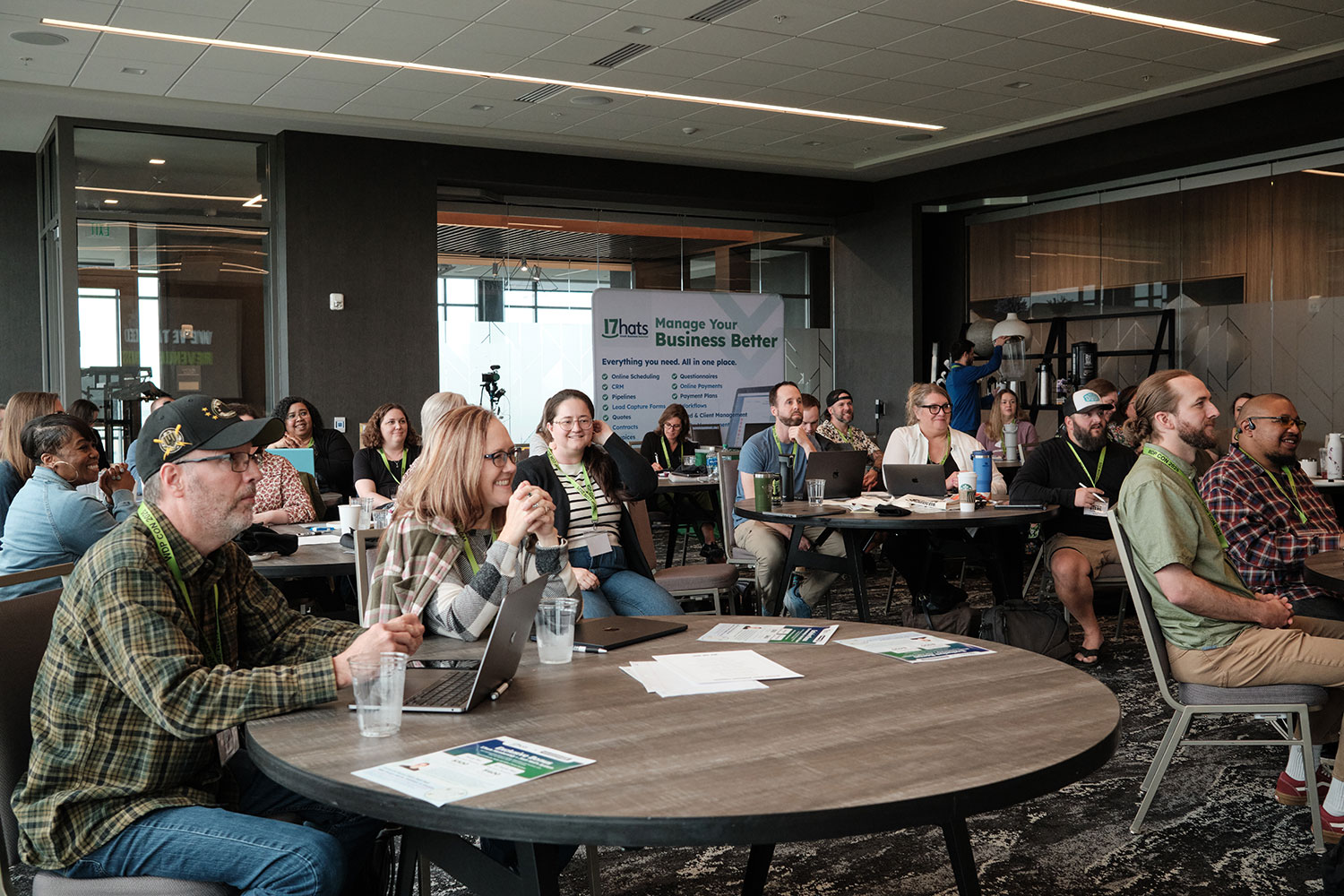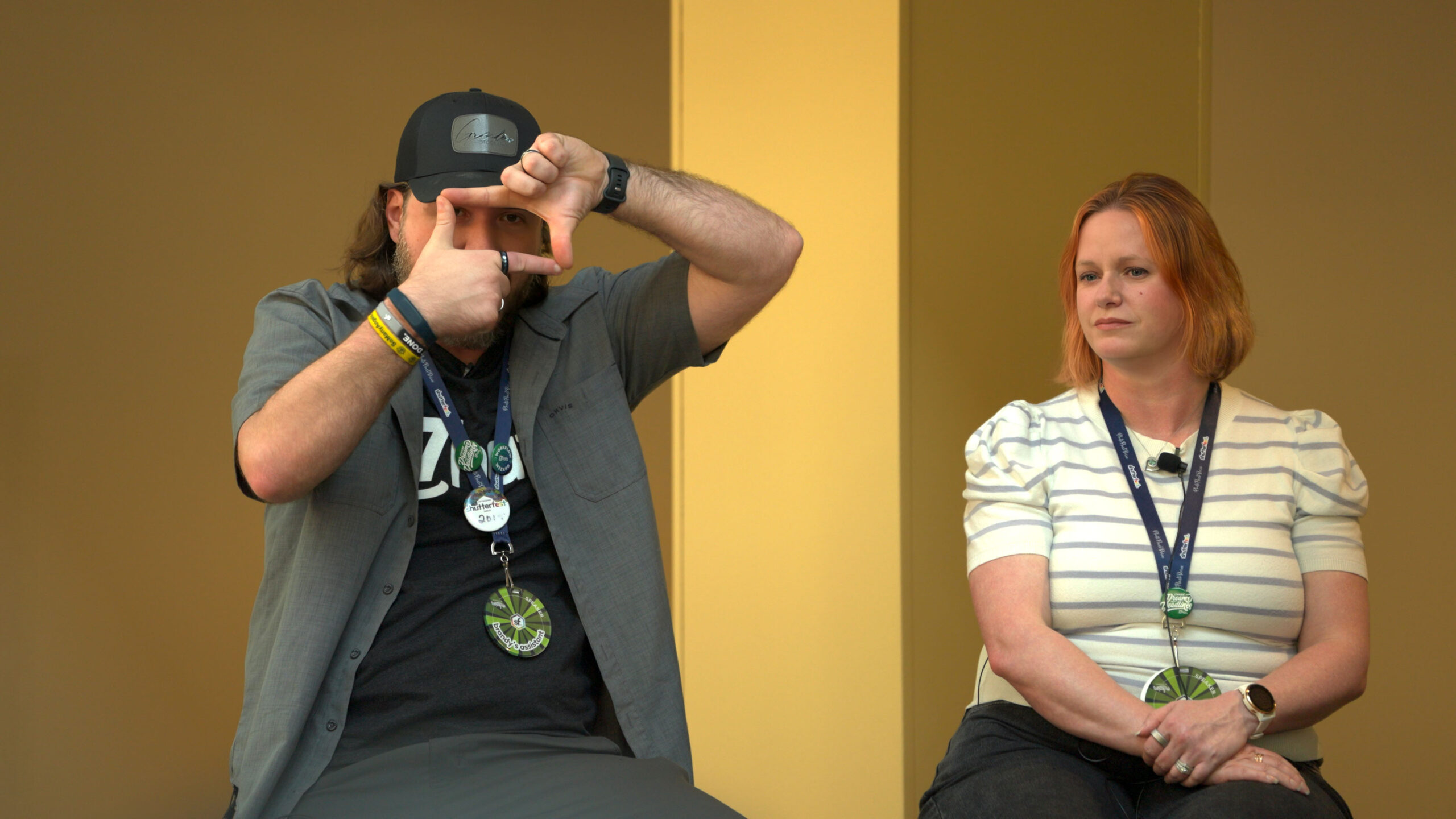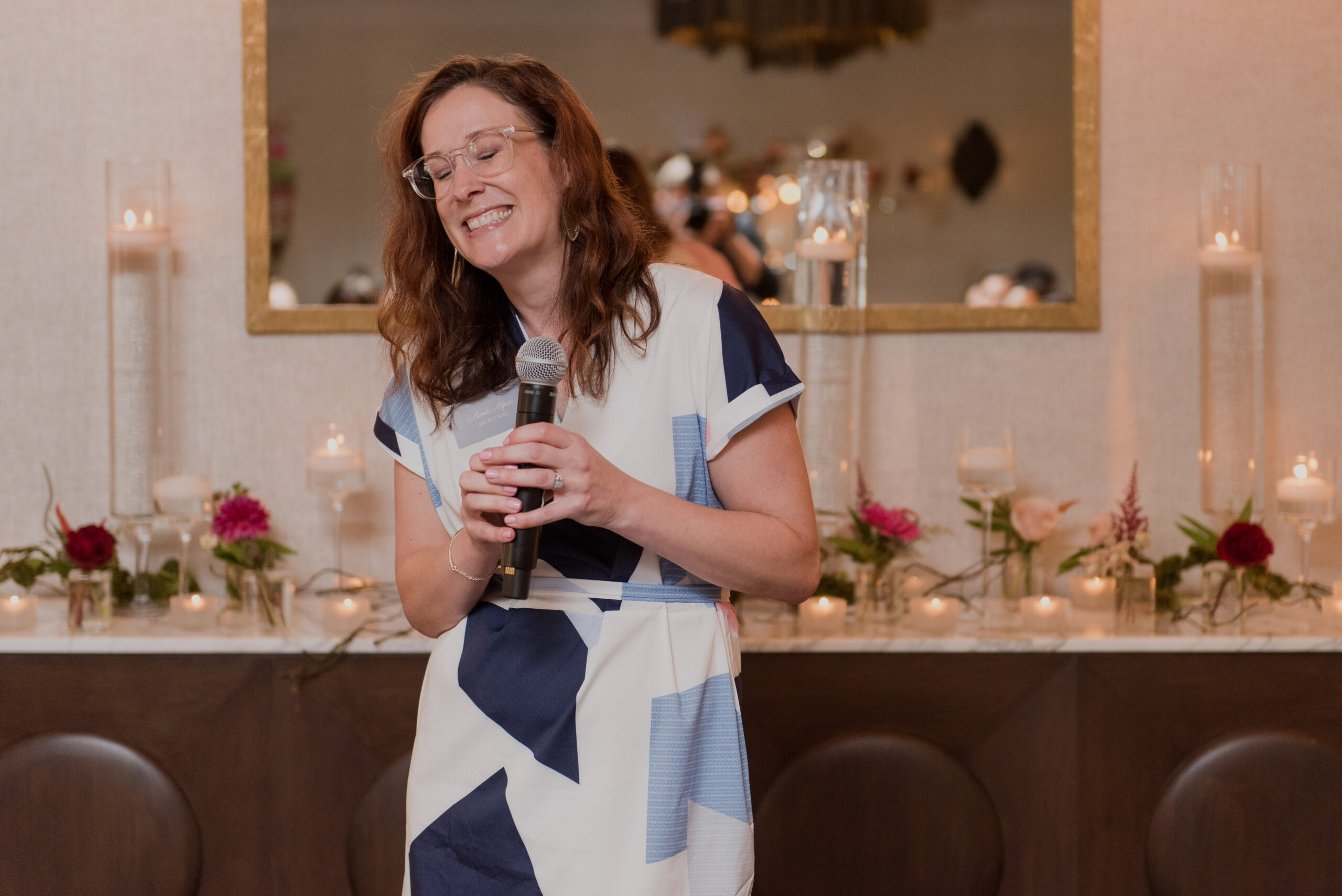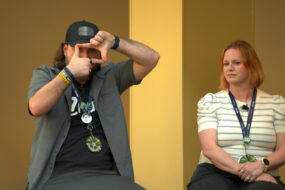
It’s that time of year again, when pro football’s best face off in the big game. Sunday’s event will draw thousands of fans to Phoenix and millions more will watch the network broadcast.
But of those millions of people who tune in, a good chunk are folks like me, who watch mainly for the commercials.
Most of those spots cost well over a million to produce, and that’s not even accounting for the $7 million that a 30-second ad slot itself can cost. No wonder brands try to put their best foot forward, with some of the best commercials of the year!
Now, that may seem like business on a whole different scale from what most of us contend with day to day. After all, many of you reading this are businesses of one.
But we can all take away valuable lessons from the advertisers on Sunday’s gridiron championship. Best of all, these insights are free – no need to pay millions to leverage these strategies in your own business.
Read on, and learn how you can steal a page from their playbook.
Plant your flag.
Big brands paying big money to advertise on the big game understand the value of positioning. They signal which consumers the brand is for, and what the brand offers to that target group. That is, they position the brand in the audience’s mind.
That positioning is ideally reflected in a brand’s tagline – often the last words that you see or hear at the end of a TV spot. (Of course, if your small business has a tagline, it might only appear adjacent to your logo on your website or business cards.)
Take Sunday’s Hellmann’s Real Mayonnaise commercial, with John Hamm, Brie Larson, and Pete Davidson. The spot’s tagline, “Brings leftovers to life,” speaks to Hellmann’s positioning as the key ingredient to make the most of what you have in your fridge.
What’s the positioning for your small business? What do you offer that’s special and motivating – and to what particular audience? Can you capture that in a short, maybe even catchy, slogan? Remember, positioning is sacrifice. You can’t be everything to everyone.
To learn more about positioning, check out the Business Education section at 17hats University, where you’ll find helpful videos and webinar replays on several marketing topics. Or, better still, tackle positioning as part of 17hats Boot Camp the next time it’s offered.
Build your brand over time. Build sales overnight.
Remember, a brand is a promise. It’s a promise that’s kept (or broken) every time someone comes into contact with that brand.
What does your brand promise? That’s a big question to grapple with here, but, for illustration purposes, let’s say “professionalism” is part of what you vow to deliver to clients.
Now look at all the touchpoints for your brand. Does every interaction reinforce your promise of professionalism? Do you consistently answer the phone in a professional way? Does your website convey that same polish and devotion to your craft? Those are brand touchpoints, just like a 60-second, celebrity-laden commercial is a brand touchpoint.
Speaking of, it’s worth saying that branding and sales aren’t separate endeavors. Instead, they complement each other. (Think of them as two sides of the same commemorative game coin.)
Take another spot from Sunday, the hilarious Breaking Bad-themed spot for PopCorners. The commercial is entertaining, and it portrays PopCorners as a fun-bordering-on-mischievous brand. But note how they seamlessly work in brand proof points – air-popped, basic ingredients, seven flavors – designed to drive sales.
You can do the same thing in your marketing communications. Build your brand with an eye on sales, and sell in a way that’s consistent with your brand’s promise.
As the marketing adage goes, “You build your brand over time … but you can build sales overnight.”
Humor makes brands likable.
Of course, if there’s a single through line for Sunday’s commercials, it’s humor. Many brands, like Booking.com or Google Pixel smartphones, go for laughs with their time on the world’s biggest stage.
Why?
Again, the answer comes back to branding.
Humor makes brands (and their messages) likable and memorable.
It’s a reminder to us as small business owners that people choose to do business with brands that they like. It contributes to the customer experience.
And the experience you provide is what people actually buy from you. They don’t buy your credentials, your expertise, or your equipment – in the end, they buy their experience, informed by those things.
Finally, the humor in Sunday’s spots points to one other lesson for small business owners: Don’t take yourself too seriously.
There’s room to be lighthearted in your interactions with clients, without undercutting your professionalism. Glimpses of personality or humor can serve to endear your personal brand to customers.
___
The rules of branding apply to small businesses and global corporations alike. As you watch high-profile commercials like those on Sunday, seek to draw lessons that you can apply to your own small business. Happy viewing!










